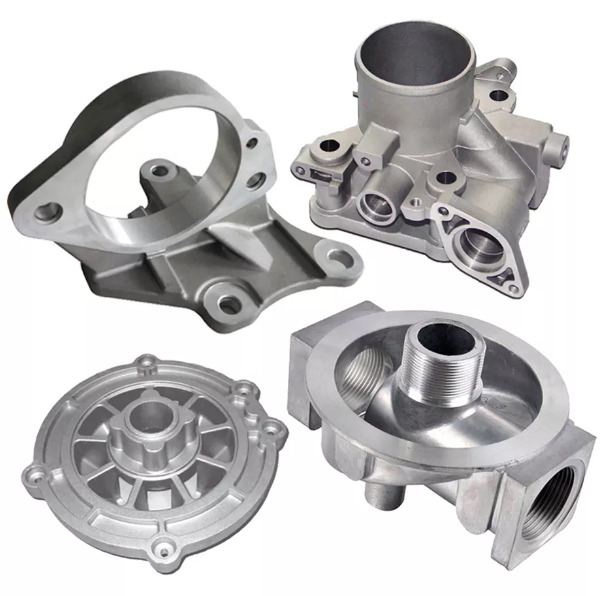Investment Casting Manufacturer – The Process, Benefits, and Challenges
Chapter 1: Introduction to Investment Casting
Investment casting, also known as lost wax casting, is a precision casting process that involves the creation of a mold around a pattern, which is then repeatedly dipped into a ceramic slurry to build up a shell.

The pattern is then melted out, leaving a void in the mold, which is filled with molten metal.
The resulting casting is extremely accurate and has excellent mechanical properties.
Chapter 2: The Investment Casting Process
The investment casting process begins with the creation of a pattern, which is typically made of wax or other expendable material.
The pattern is then surrounded with a ceramic investment material, which is typically a mixture of silica sand, cristobalite, and other additives.
The mold is then heated to remove the pattern, leaving a void that will be filled with molten metal.
After the mold has cooled down, the ceramic investment material is removed, and the resulting casting is cleaned and inspected.
If necessary, any defects in the casting can be repaired using a variety of techniques.
Finally, the casting is ready for use in its final application.
Chapter 3: Benefits of Investment Casting
Investment casting provides a number of benefits over traditional casting methods.
Perhaps the most significant benefit is accuracy, as investment casting allows for extremely close tolerances and smooth surface finishes.
This accuracy can significantly reduce the amount of post-production machining required on the casting, saving time and money.
Another benefit of investment casting is its ability to create complex shapes and designs.
Because the ceramic investment material can be removed layer by layer, extremely intricate designs can be reproduced accurately in metal.
This flexibility in design freedom allows designers to take full advantage of the potential of their materials, leading to improved performance and efficiency.
Chapter 4: Challenges of Investment Casting
Despite its benefits, investment casting also faces some significant challenges.
One of the primary challenges is the high cost of tooling and equipment required for the process.
Initial capital costs for setting up an investment casting operation can be significant, and ongoing maintenance and operating costs can also be high.
In addition, the process itself can be time-consuming, as multiple cycles of dipping, drying, and heating are required to create a single casting.
This can make the process difficult to scale up for high-volume production.
Another challenge is the need for highly skilled operators and technicians to oversee the process.
Investment casting requires precise control of many variables, including ceramic mixture composition, mold design, heating and cooling rates, and metal melting temperatures.
This need for skilled labor can drive up labor costs and make it difficult to find suitable candidates for these positions.
Chapter 5: Conclusion
Investment casting is a highly accurate and versatile casting process that can create complex shapes and designs while maintaining excellent mechanical properties in the finished product.
However, it faces significant challenges in terms of high initial costs, time-consuming processing times, and the need for highly skilled operators.
Despite these challenges, investment casting remains a valuable tool in the manufacturing toolbox for creating high-quality castings for a wide range of applications.
